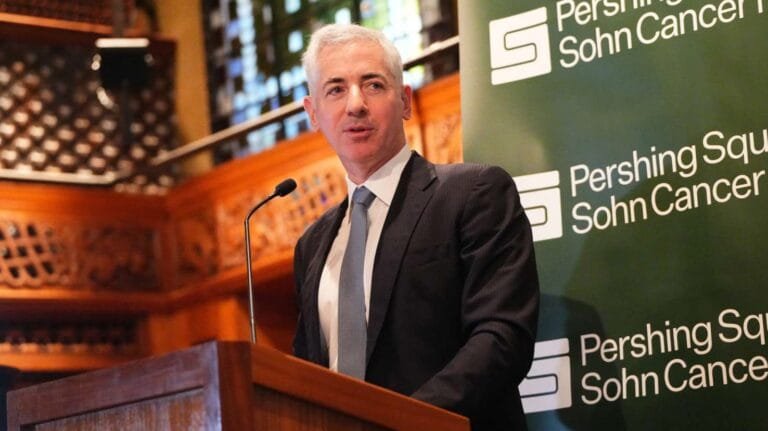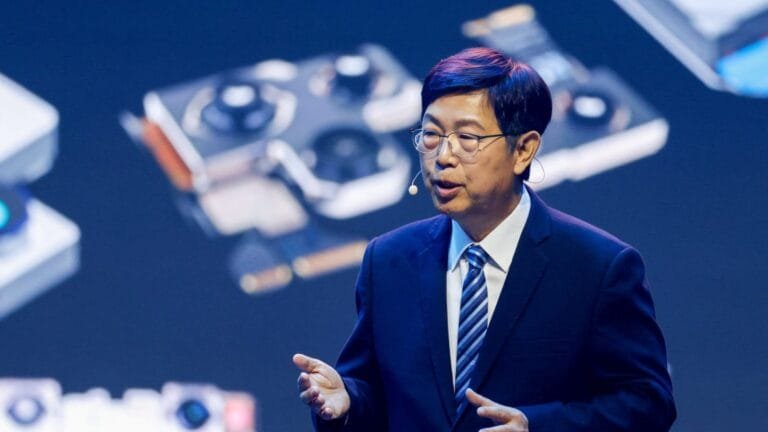
Tesla’s US Gigafactory is preparing for a future with fewer China-made components.
What’s the news? According to a Wall Street Journal (WSJ) report, Tesla is now asking its suppliers to stop using Chinese-made components for its US-made vehicles. This change is not immediate, but aims to be fully implemented within the next one to two years.
Why Tesla’s Move: Reasons and Objectives
Pricing and Cost Stability: Tariff uncertainty complicates Tesla’s pricing strategy. This will not only make supplies more reliable but also encourage local manufacturing in the US, potentially saving logistics time and costs. Strategy to Find Alternatives to Chinese Parts: Tesla is telling some suppliers that they find it challenging to source Chinese-made parts from other countries. Due to tax credit regulations and tariffs, Tesla plans to manufacture LFP batteries in the US. Following Other Companies’ Path: This move isn’t unique to Tesla; other auto companies are also reorganizing their supply chains to reduce their dependence on China. For example, GM has also directed many suppliers to remove Chinese-made components.
Potential Implications & Challenges
Completely eliminating dependence on China could present technical difficulties. For example, dependencies could arise in automotive chips and electronics control units (ECUs). Machinability of Batteries: As the WSJ report states, Tesla may find it difficult to find alternatives to Chinese parts in LFP batteries. These batteries are very popular today, especially in low-cost EV models. Suppliers, especially those already producing extensively in China, may be financially uneasy about this change. New regulations and restrictions arising from regulatory and trade policies could impact Tesla’s plans. Quality Control: There may be quality differences when sourcing parts from new sources.
Strategic Outlook and Future Prospects
Tesla’s move isn’t just a bureaucratic order, but appears to be part of its broader long-term strategy. Here are some points of potential strategy and future direction: Long-Term Localization: Tesla could develop more local suppliers for its US factories. This would not only improve supply reliability but also improve cost control by reducing the hassle of long-distance shipping, import duties, etc.
Expanding Manufacturing in Mexico and Asia: As reported in the WSJ, Tesla is asking some suppliers to move out of China.
What This Could Mean in the Big Picture
This move isn’t just Tesla’s decision—it could be part of a global trend. This has some big-picture implications: Reshoring in the Auto Industry: Many auto companies are now working to reduce their dependence on China. This isn’t just Tesla’s. “Re-shoring” means bringing manufacturing activities back to their home markets (or nearby regions), thereby reducing trade risks. However, China remains a major technology and manufacturing hub, so a complete shift away will not be easy—but the nature of “dependence” could change. Impact on Investments and Technology Transfer: Companies and suppliers will increase investments in new countries—Mexico, Southeast Asia, etc. Additionally, the issue of technology transfer will be crucial: new practices and manufacturing skills will have to be transferred.
Criticisms and Risks (Negative Outlook)
Criticisms and risks of this move should not be overlooked: Fear of Price Increases: Suppliers’ use of other sources could be costly, increasing Tesla’s costs—and these increased costs could ultimately impact customers. Time and Resources: This entire process is a complex logistical and operational challenge—suppliers, changes to manufacturing lines, quality control—and this will take time for Tesla. Credibility of new sources:
Conclusion: Tesla Chinese parts
In short, Tesla’s move is part of a strategic, long-term approach. It’s not just about cost savings, but about making its supply chain “geopolitically secure.” While it won’t be easy—implementing it involves time, money, and risk—if successful, it could give Tesla greater control, stability, and competitive strength.
This move could also symbolize a larger auto industry trend: restructuring and risk management of the global supply chain.





